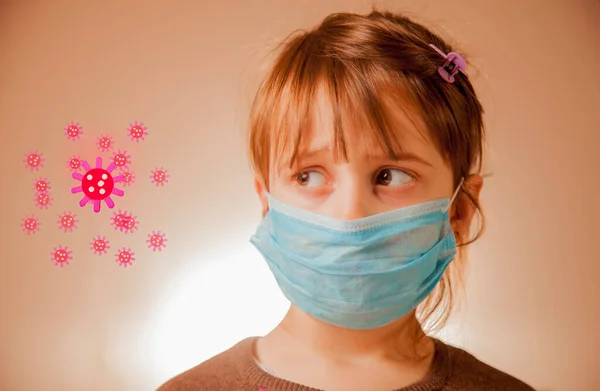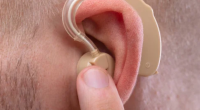Mercury Levels in Urine Linked to Allergic Diseases in Children – A recent study published in Scientific Reports has found a positive association between urinary mercury levels and allergic diseases in children, specifically atopic dermatitis and allergic rhinitis.
The study, titled “Association between environmental mercury exposure and allergic disorders in Korean children: Korean National Environmental Health Survey (KoNEHS) cycles 3–4 (2015–2020),” aimed to determine the association between urinary mercury levels and allergic diseases in children. The Researchers analyzed data from over 1,500 Korean children aged 6-11, measuring their urinary mercury levels and surveying their allergy symptoms. They found:
Key findings from the study include:
- Urinary mercury levels were significantly higher when creatinine and cotinine levels were elevated.
- Students with symptoms of atopic dermatitis showed higher mercury levels than those without.
- Urinary mercury levels were positively correlated with atopic dermatitis in both cycles, adjusted for creatinine levels.
However, the study also noted that the relationship between allergic diseases and mercury is inconclusive, and follow-up studies targeting children are necessary to further investigate the causality of the results
Additionally, the evaluation of allergic symptoms based on parental questionnaire responses may not be as accurate as diagnoses from experienced doctors.
Sources of mercury exposure in children
Children can be exposed to mercury through various sources, including:
Air: Emissions from industrial processes, coal-fired power plants, and waste incineration contribute to the presence of mercury in the air, which can be inhaled by children.
Water: Mercury can contaminate water bodies through natural processes and human activities such as mining and industrial discharges. Fish and seafood consumption are common routes of mercury exposure for children.
Food: Consumption of contaminated fish, as well as certain agricultural products, can lead to mercury exposure in children.
Soil: Mercury from air and water can accumulate in soil, leading to exposure through hand-to-mouth behavior, especially in areas with high environmental mercury levels.
Dental Amalgam: Children can be exposed to mercury vapor from dental amalgam, especially during the placement or removal of amalgam fillings.
It’s important to minimize children’s exposure to mercury from these sources to protect their health and development.
Ways parents can reduce their children’s exposure to mercury
Parents can reduce their children’s exposure to mercury by following these steps:
- Limit fish consumption: Pregnant women, nursing mothers, and children under six years old should not eat more than two servings per week of large, long-lived fish. If you eat locally-caught fish, check with your health or environment department regarding fish advisories.
- Choose digital thermometers: Use digital thermometers instead of mercury thermometers.
- Dispose of mercury-containing products: Take used batteries, mercury thermometers, fluorescent light bulbs, and other mercury-containing products to a hazardous waste facility.
- Prevent mercury spills: If there is a mercury spill, immediately contact your health department for cleanup instructions and resources. Never use a vacuum cleaner or broom to clean up a mercury spill.
- Avoid traditional medicine: Do not use skin-lightening creams or traditional medicine containing mercury and other toxic metals.
- Avoid mercury-containing products: Do not use mercury-containing products, such as amalgam dental fillings, if possible.
- Educate yourself: Learn about the types of commercially available fish and recreationally caught fish that may contain high levels of mercury.
- Hygiene and Behaviors: Children should not live close to mercury emissions, such as gold mining areas. They should not work in occupations with immediate contact to mercury or play with liquid mercury
By taking these precautions, parents can help minimize their children’s exposure to mercury and protect their health and development.
ALSO READ: Bacterial Meningitis in Children: Lifelong Disability Looms Despite Curable Infection








